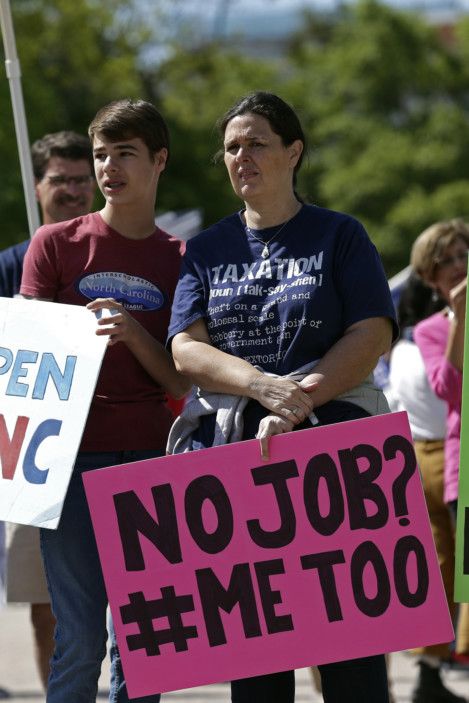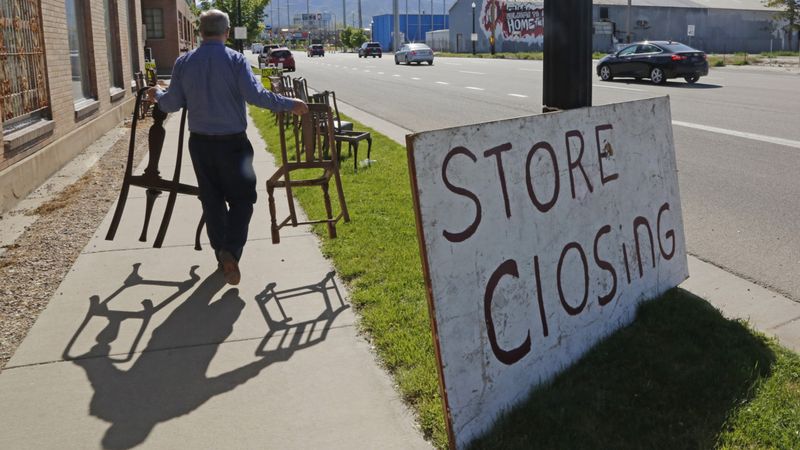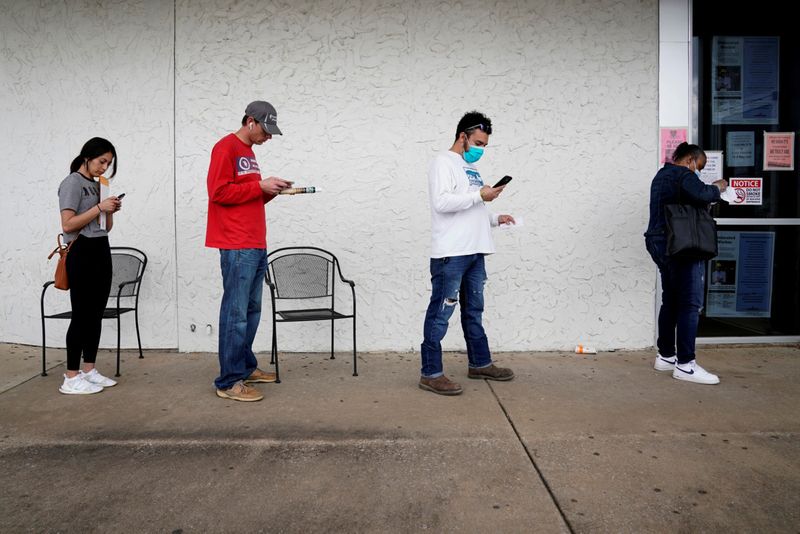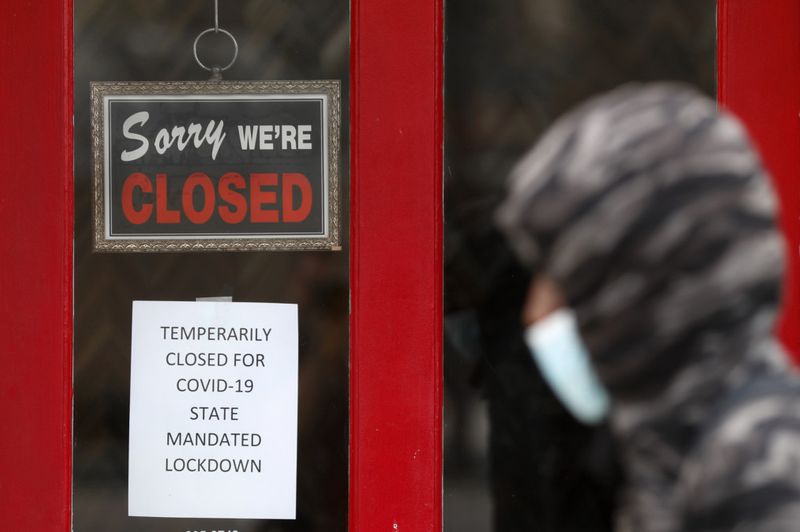
New York: April 2020 — more technically, the period between the second week of March and the second week of April — was the worst month for US workers at least since the Great Depression and possibly in the history of the nation.
That isn’t really a surprise, but one aspect of the latest employment report does help crystallise the nature of what the United States is grappling with. In a set of tables in the final pages of the jobs numbers, the Bureau of Labor Statistics reports the number of jobs gained or lost in each industry, broken down in a fairly fine-grained way.
Across dozens and dozens of industries, only one added a meaningful number of jobs in April: general merchandise stores, including warehouse clubs and supercentres. They increased their payrolls by 93,400 positions.
That makes sense given that Americans need to buy groceries and other at-home staples, and Walmart has said publicly that it is hiring on a large scale to meet demand.

There were a few other sectors with very narrowly positive numbers, including manufacturers of computers and peripherals (employment up 800), monetary authorities (up 100, not very many considering the trillions of dollars in assets the Federal Reserve is buying to stimulate the economy) and the US Postal Service (up 500).
But Walmart and a few odd exceptions aside, there was no shelter in the storm for US workers in the past month. Anyone still thinking that the pandemic’s economic effects are limited to people in restaurants, travel and similar service businesses is very much mistaken. Workers in almost every industry, including those that on the surface shouldn’t be affected by the pandemic at all, are at risk.
We’re all vulnerable, whether we work in an office or a factory or a construction site; whether our employer is public or private; whether our work can easily be migrated to a home office or not.
Construction employment fell by 975,000. Manufacturing fell by 1.3 million, as assembly lines halted. Clothing stores’ employment dropped by 740,000. The motion picture industry cut 217,000 jobs, and truck transportation 88,000.

Law firm employment was down 64,000 positions, and computer systems design by 93,000. Local governments cut 801,000 jobs, just over half of them in education.
And stunningly, in the middle of a public health crisis, employment in health care fell by 1.4 million as Americans avoided visits to their doctors and dentists for all but the direst emergencies.
These losses are heavily driven by the physical limitations imposed on us or self-imposed during the pandemic. To the degree there is any silver lining in the April numbers, 18.1 million of the newly unemployed reported being on temporary layoff, whereas only two million viewed their job loss as permanent.
“Only.”
On its face, that should be a source of optimism: There is the potential for workers to return to their construction sites, factories, law offices and schools as soon as public health circumstances allow.

But that would inspire more confidence if the job losses were more confined to industries directly affected by the pandemic. It’s hard to imagine how there can be this deep a hit to nearly every major sector of the economy without a major collapse in demand across the board.
All those lost incomes are going to translate into less demand for all types of goods and services. You can’t just shut down sectors that account for 11 per cent of employment indefinitely (that’s the share of total jobs that leisure, hospitality, and air and train transportation accounted for in February) and a larger swath for a few weeks and not have it ripple out into corners of the economy that you might not have expected.
How many of the people not earning an income right now would, in an alternate universe in which the virus never emerged, be planning to renovate their home, buy a new car or splurge on tickets to see their favourite pro sports team?
Even if public health concerns can be resolved relatively soon, we’re staring at a hole in aggregate demand that could persist for some time.
That speaks to the role the federal government plays in such a crisis. Large parts of the legislation that has been produced so far are directed toward sustaining demand in the economy, including $1,200 direct payments to individuals, enhanced unemployment insurance benefits, and, indirectly, the program to essentially pay small businesses to keep people on their payrolls.

Jockeying for the next round of legislation is beginning now, and it appears more contentious than previous ones were.
The big question the April jobs numbers raise is this: Will there be enough demand in the economy — whether through federal government spending or a private sector snapping back into action — to ensure that sectors far from the epicentre of this crisis can make it through without those 18 million temporary layoffs becoming permanent?










